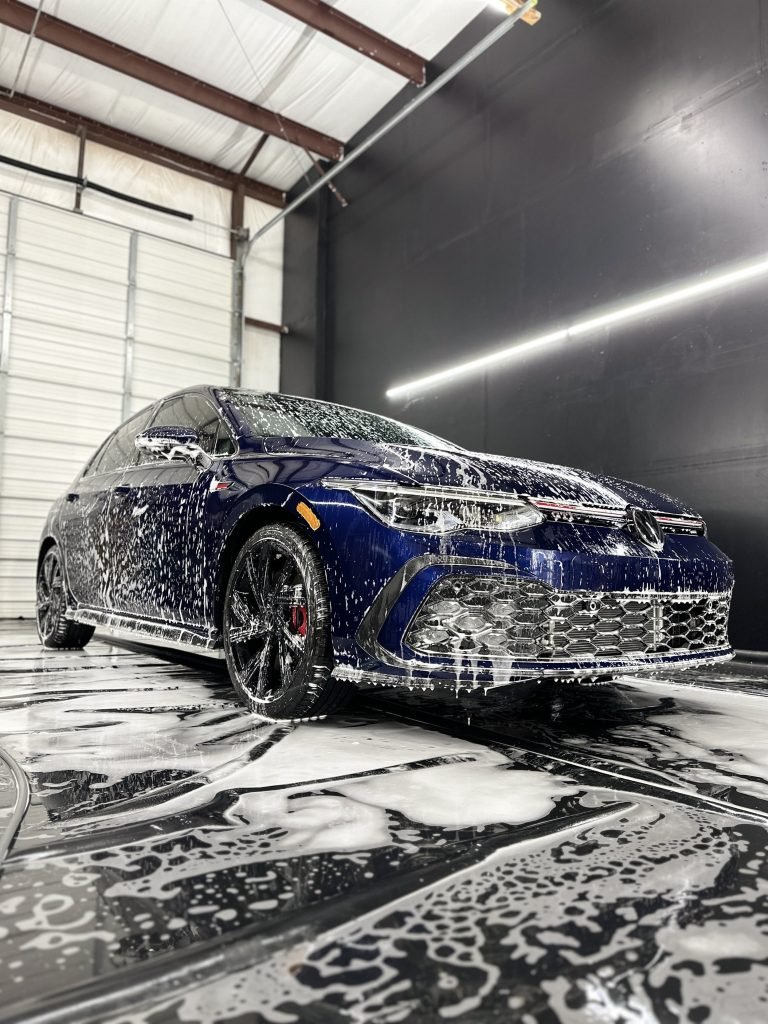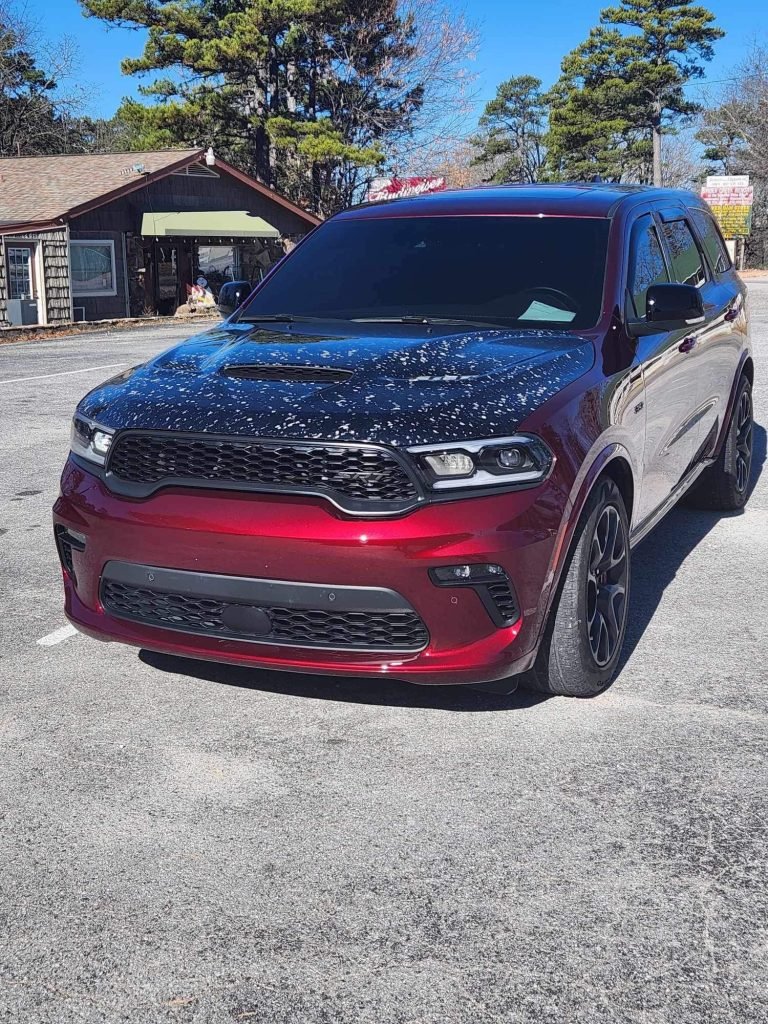As winter descends upon us, it brings with it challenges that can significantly impact the performance and appearance of our vehicles. The combination of freezing temperatures, snow, ice, and road salt can take a toll on your car if not properly addressed. To ensure your vehicle remains safe, reliable, and looking its best throughout the winter months, it’s essential to take proactive measures. This comprehensive guide provides in-depth strategies to protect your car during winter’s cold.
Examine The Brakes
Before winter arrives in full force, it’s imperative to thoroughly inspect your car’s braking system. Frigid temperatures can exacerbate existing brake issues, compromising your ability to stop safely on icy roads. Check brake pads, rotors, calipers, and brake fluid levels for any signs of wear or leaks. Addressing brake concerns before winter sets in can prevent potentially dangerous situations and ensure optimal braking performance in challenging conditions.
Switch to Winter Tires
Investing in a set of winter tires is one of the most effective ways to enhance traction and handling in cold weather. Unlike all-season tires, winter tires are specifically designed with a unique tread pattern and rubber compound to grip the road in snow and ice. Install winter tires before the first snowfall for maximum effectiveness. Remember to check tire pressure regularly throughout the winter months and adjust as needed for optimal performance.
Check Tire Pressure
Cold weather can cause tire pressure to drop, leading to decreased fuel efficiency, compromised handling, and increased risk of tire damage. Regularly monitor tire pressure and ensure all tires are inflated to the manufacturer’s recommended levels. Properly inflated tires not only improve traction and stability but also reduce the likelihood of blowouts, particularly in icy conditions.
Keep The Tank Half-Full
Maintaining at least half a tank of gas during winter is essential for several reasons. Firstly, it helps prevent fuel lines from freezing, ensuring your vehicle starts reliably in cold weather. Secondly, a fuller tank adds weight to the vehicle, providing better traction on slippery roads. Lastly, having ample fuel reserves can be crucial in emergencies or unexpected delays, ensuring you stay warm and safe while waiting for assistance.
Change The Oil & Washer Fluids
Transitioning to a winter-grade motor oil is crucial for maintaining optimal engine performance in cold temperatures. Winter-grade oils have lower viscosity, allowing them to flow more freely and provide better lubrication during cold starts. Additionally, replace summer washer fluid with a winter formula that contains antifreeze properties to prevent it from freezing on your windshield. Clear visibility is paramount for safe driving in winter conditions.
Flush & Fill The Coolant
Ensure your car’s cooling system is prepared to withstand freezing temperatures by flushing and filling the coolant with the appropriate mixture of antifreeze and water. A proper coolant mixture not only prevents the engine from freezing but also helps regulate engine temperature and protects against corrosion. Check coolant levels regularly throughout winter and top up as needed to maintain optimal performance.
Inspect The Windshield
A cracked or chipped windshield can quickly escalate into a more significant problem during winter’s cold. Cold temperatures and fluctuations in temperature can cause existing damage to worsen, compromising visibility and structural integrity. Inspect your windshield thoroughly for any signs of damage and address them promptly to prevent further issues. Repairing or replacing a damaged windshield before winter sets in can save you from costly repairs down the line.
Check All The Lights
With reduced daylight hours and inclement weather in winter, ensuring all exterior lights are functioning correctly is paramount for safety. Regularly inspect headlights, taillights, brake lights, turn signals, and fog lights for any signs of damage or malfunction. Replace any burned-out bulbs and clean foggy or cloudy lenses to maximize visibility on the road. Properly functioning lights not only help you see better but also make your vehicle more visible to other drivers, reducing the risk of accidents.
Inspect The Battery
Cold weather can significantly impact battery performance, making it harder to start your car on cold mornings. Test your battery’s charge and inspect the terminals for signs of corrosion or damage. If your battery is old or showing signs of weakness, consider replacing it before winter to avoid being stranded in the cold. Additionally, keep jumper cables or a portable jump starter in your vehicle as a precautionary measure.
Install A Coating
Protecting your car’s paint from winter’s harsh elements is essential for preserving its appearance and resale value. Consider applying a ceramic coating, which forms a durable protective layer over the paint surface. Ceramic coatings provide excellent resistance to road salt, snow, ice, and other contaminants, making it easier to clean your car and maintain its shine throughout the winter months. Schedule a professional ceramic coating application before winter sets in to ensure maximum protection for your vehicle.
Wash Regularly
Regularly washing your car during winter is crucial for removing road salt, dirt, and grime that can accumulate on the exterior and undercarriage. Road salt, in particular, is highly corrosive and can cause rust and damage to your car’s paint and metal components if left unchecked. Choose a car wash with undercarriage cleaning to remove salt deposits from hard-to-reach areas and prevent corrosion. Consider washing your car more frequently during periods of heavy snowfall or road salt usage to keep it looking its best and protect its long-term value.
Build An Emergency Kit
Preparing an emergency kit for your car is essential for staying safe and comfortable in winter conditions. Pack essentials such as blankets, warm clothing, non-perishable food, water, a flashlight, a first-aid kit, a snow shovel, and traction aids like sand or kitty litter. Additionally, include items like a portable phone charger, extra batteries, and a reflective warning triangle or flares to signal for help in case of an emergency. Keep your emergency kit readily accessible in your vehicle and replenish any used or expired items throughout the winter season.
Need help?
For professional ceramic coating and washing services to protect your car during winter and keep it looking its best, look no further than K&M Coatings. Our experienced team specializes in high-quality ceramic coatings and thorough car washes to safeguard your vehicle against the harsh effects of winter weather. Whether you need a protective coating applied or a thorough cleaning to remove salt and grime, we’ve got you covered. Contact us today to schedule an appointment and ensure your car stays protected and pristine throughout the winter season.







